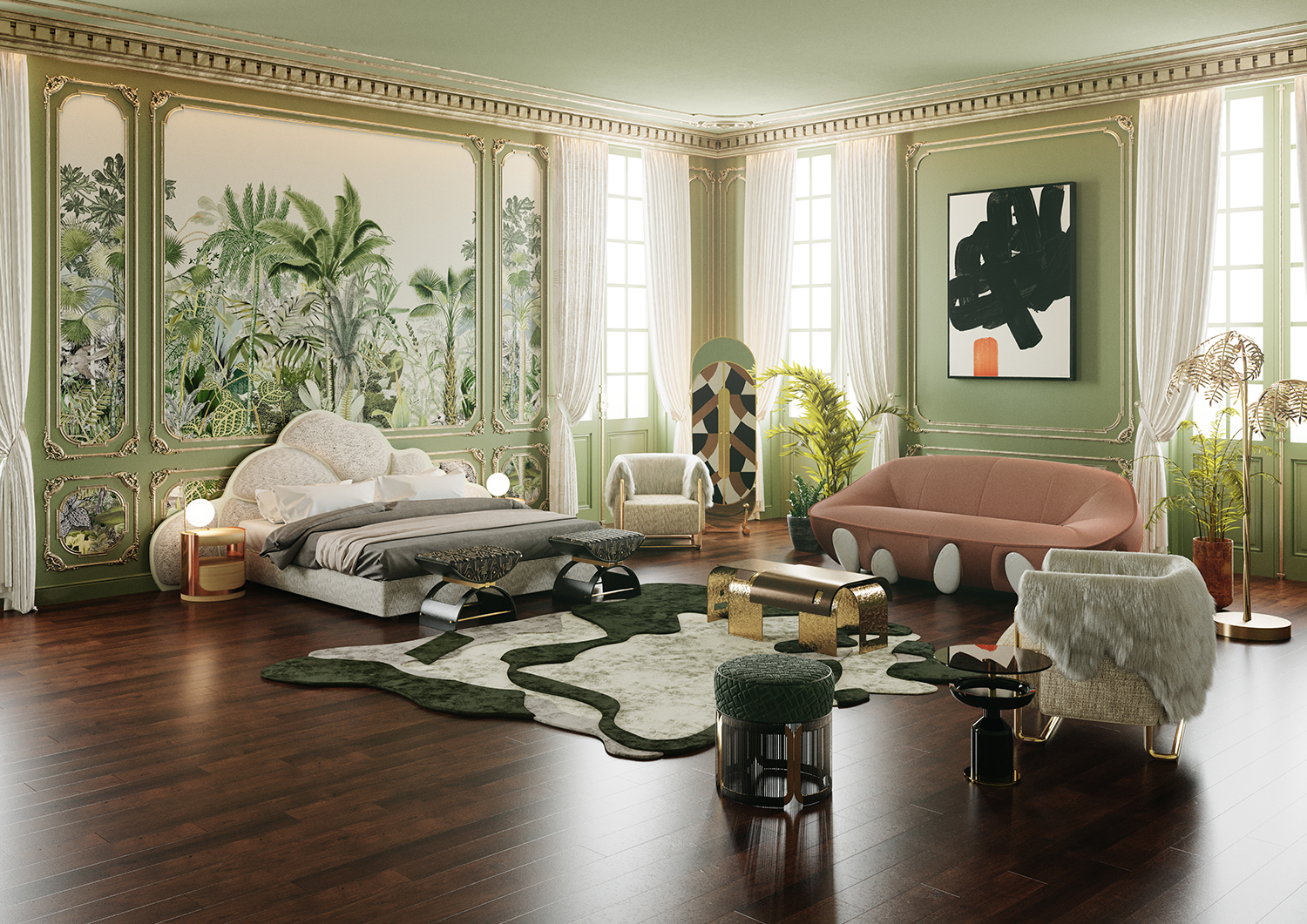Hire trusted interior design firms for modern and classic styles.
Hire trusted interior design firms for modern and classic styles.
Blog Article
Change Your Home With Necessary Concepts of Interior Decoration and Appearances
By comprehending the influence of color concept and the significance of appearance and patterns, one can produce spaces that are not only aesthetically enticing but additionally deeply personal. Attaining this stability entails more than plain design; it incorporates a critical plan and an eager understanding of how each element interacts within an area.
Comprehending Color Concept
Comprehending the concepts of color concept enables designers to develop rooms that reverberate emotionally with owners while satisfying useful demands. Each classification plays an important duty in developing harmony within a space.
The psychological impact of shades is profound; warm shades such as reds and oranges evoke energy and warmth, while cool tones like blues and eco-friendlies advertise peace and serenity. In addition, using corresponding colors boosts aesthetic interest, creating striking contrasts that can boost a room's allure.
Neutral shades, on the various other hand, act as a functional backdrop, permitting various other design aspects to shine. It is vital to think about factors such as illumination and the area's function when picking a shade combination, as these can modify the understanding of colors throughout the day.
Eventually, a well-considered color design can change an area, fostering a feeling of convenience and design that aligns with the occupants' preferences. Mastery of color concept is, therefore, a crucial skill for any interior designer aiming to create harmonious and inviting atmospheres.
Accomplishing Equilibrium in Style
Exactly how can designers accomplish a feeling of balance in their areas? Achieving equilibrium in design is basic to developing harmonious interiors. Developers can utilize three key types of balance: symmetrical, asymmetrical, and radial. Symmetrical equilibrium involves arranging aspects evenly around a central factor, promoting a sense of order and harmony. This type frequently includes pairs of furniture or art work, enhancing aesthetic stability.
Asymmetrical balance, on the various other hand, counts on differing elements that still attain a cohesive look. This strategy enables more vibrant and informal arrangements, offering interest while preserving equilibrium. By thoroughly picking differing sizes, colors, and structures, designers can create a visually compelling area that really feels balanced yet energetic.
Radial balance stresses a main prime focus with aspects emitting exterior. This style is generally seen in round formats, where furnishings and design develop a cohesive surround that attracts the eye inward.
Inevitably, achieving equilibrium needs thoughtful consideration of scale, proportion, and the relationships in between aspects. interior design firms. By masterfully using these equilibrium principles, designers can change areas right into settings that feel both aesthetically pleasing and functionally harmonious, improving the general experience for residents
Importance of Spatial Recognition

A keen feeling of spatial understanding permits developers to determine prime focus within a room, directing the visitor's interest to vital attributes while preserving a general feeling of unity. It additionally helps in the tactical placement of lighting, which can drastically influence the understanding of room and mood. Furthermore, recognizing spatial partnerships enables the developer to accommodate the details requirements of residents, making sure that each area serves This Site its desired objective without compromising looks.
Eventually, spatial understanding is crucial for optimizing the possibility of any indoor area. By very carefully taking into consideration the interaction in between measurements, layout, and feature, designers can develop environments that not just meet sensible requirements yet also stimulate a sense of comfort and appeal, improving the total living experience.
Including Texture and Patterns
Welcoming a varied range of textures and patterns can substantially boost the aesthetic and responsive appeal of an interior space. The strategic use of various materials-- such as timber, metal, fabric, and rock-- produces depth and passion, making a room really feel more inviting and vibrant. As an example, combining smooth surface areas with harsh textures can establish a balance that attracts the eye and engages the senses.
When including patterns, take into consideration both range and repetition. Big patterns can find out this here act as centerpieces, while smaller sized, subtle styles can enhance various other aspects without frustrating the room. Layering patterns, such as pairing floral paddings with candy striped tosses, adds intricacy and a sense of consistency if carried out thoughtfully.
It is also critical to keep a natural color combination, making sure that textures and patterns collaborate instead than compete for interest. By selecting a few vital appearances and patterns, you can create a merged visual that reflects your personal style while enhancing the overall ambiance of the area. Inevitably, the cautious incorporation of these elements can transform an ordinary area right into an advanced atmosphere rich with personality and heat.
Personalizing Your Room
Producing a space that mirrors your character is important to achieving an absolutely welcoming environment. Customization in interior decoration permits you to infuse your one-of-a-kind design and rate of interests into your home, changing it from a mere sanctuary into a sanctuary that speaks with that you are. Begin by choosing a shade combination that reverberates with your emotions-- vibrant colors can invigorate, while soft tones supply tranquility.
Incorporate artwork and design that reflect your enthusiasms, whether it be traveling, nature, or abstract principles. Displaying individual collections, such as books, photos, or souvenirs, can stimulate valued memories and produce centerpieces within a room. In addition, think about tailoring functional items, like upholstered furnishings, to line up with your aesthetic choices.

Final Thought
To conclude, the change of a home via the essential principles of indoor design and appearance necessitates a detailed understanding of shade concept, equilibrium, spatial awareness, structure, and customization. Each component adds considerably to producing an unified and practical living environment - luxury interior design. By thoughtfully integrating these principles, individuals can improve the aesthetic allure and psychological vibration of their go to the website rooms, inevitably fostering a home that reflects one-of-a-kind identifications while supplying comfort and functionality
Report this page